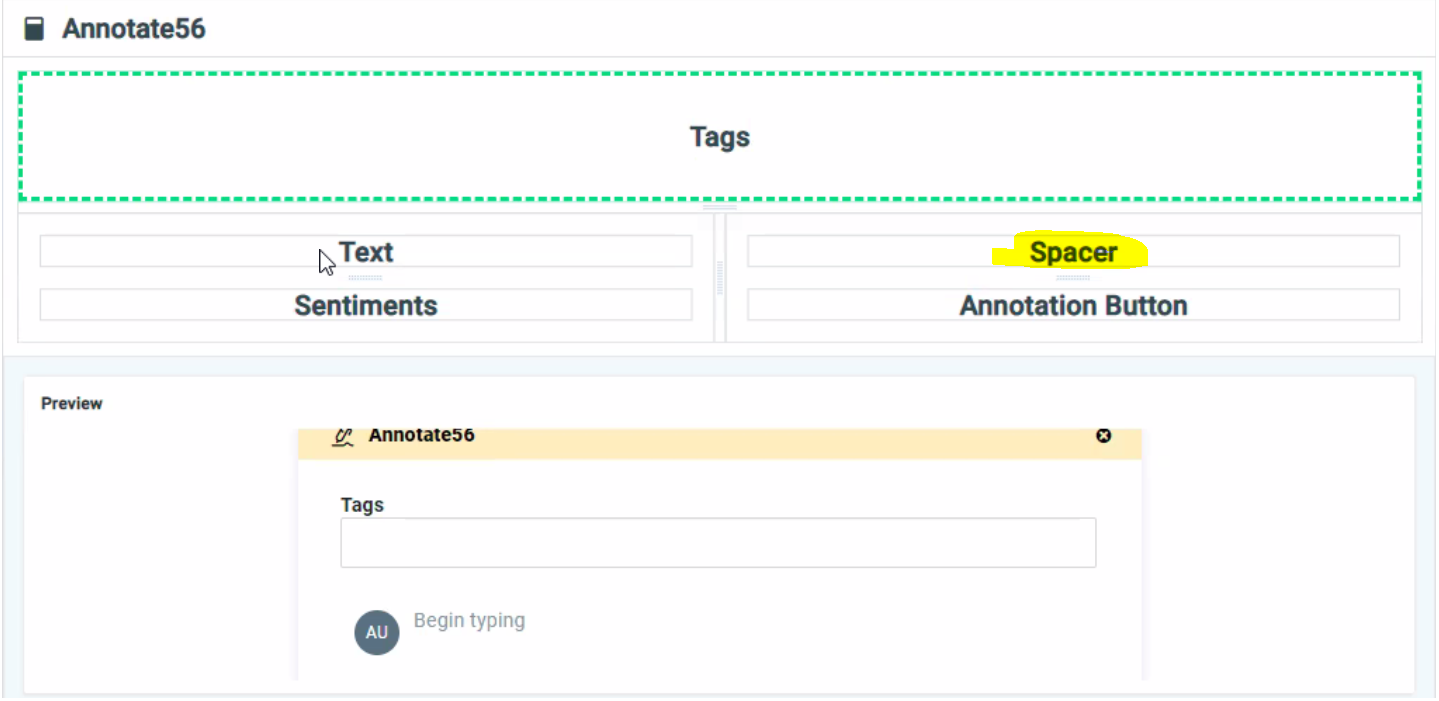Release Notes - 3.1
Intended audience: ALL USERS
AO Platform: 3.1
Release Date
February 2022
Overview
Release 3.1 builds on the 3.0 major release of the AO Platform. The underlying infrastructure of 3.x is very similar to 2.3.2. Most apps developed in 2.3.x work in 3.x with very few modifications. We continue to introduce many new features that will make the development and management of solutions much more effortless and be done mainly from the browser as a low-code environment.
This topic includes a highlevel introduction to the new release features, major issues fixed, known issues list, deprecations, updated system requirements/dependencies/pre-requisites, and update/upgrade requirements.
New in release
UI
Updated Solution Icons in Solution menu, Solution headers, About boxes and a few other places.
Applying consistent light color theming across Composers.
Lots of other minor UI tweaks, including label updates, typo fixes and icon colors, to improve on overall maturity, experience and usability.
EasyAnswers (formerly Q&A)
Renaming of Q&A component to EasyAnswers
Consolidation of Search UI widgets (NLP and Elasticsearch-based queries)
Much enhanced NLP Search using MSO Traits, - showing dashboard components with data based on…
Table Joins, Location (Spatial), Aggregations, Quantities, Hierarchies
Admin Solution
A new section for AI Configurations has been added.
A new section for SAP Ariba Configurations has been added.
A new Solutions page has been added in the UI section.
A new Deploy page has been added in the UI section allowing the Administrator to rebuild or deploy Solutions and MSOs.
Ability to View Users for Groups on Security > Access Controls > Groups page.
Pipeline Composer
Additional SharePoint integration - it’s now possible to update SharePoint metadata.
SAP Ariba integration - covering initial account integration and API/service access to SAP modules.
New support for Google Cloud BigQuery - both data source and sink.
Ontology Composer
MSO Composer name has been changed to Ontology Composer.
New Pre-and Postprocessors pages has been added to Ontology Composer landing-page. Both Pre- and Postprocessors can be added as a central repository for configuration/use by individual MSOs.
Entity Extraction page updated, including new Strategies and multiple UI updates for Strategies for improved usability.
Testing one or more Strategies have been made easier through optimized UI.
Ability to delete Statistics at both MSO and Ontology (bulk) levels.
Ability to create Statistics for all MSOs associated with a specific Ontology (bulk creation).
UI Composers
Application Composer
MicroApp icons in Palette updated - many new MicroApps have been introduced and icons have been added to Palette.
New OpenLayers Maps MicroApp has been added - also see new OpenLayers Maps in Samples solution.
Transport Tool
Filename validation when exporting from Transport Tool.
Samples
New OpenLayers Maps MicroApp - in Map category.
Other Platform Features and Issue Fixes
Authentication
SAML 2.0 integration with Ping Identity.
Okta integration with OpenID.
Security
The December 10, 2021, Log4j 2.x vulnerability, also known as “Log4Shell” (CVE-2021-44228), has been addressed in all App Orchid hosted services based on recommended patches. Additionally, the Log4j component in the AO Platform 3.1 has been updated to version 2.17.0.
Various identified CORS/SQL injection vulnerabilities fixed.
Performance
Startup performance improvements (MSO flag in Admin).
Debug Log
Option to delete all Log items.
SSO Logout/Session Expiry
Implemented defacto behavior for SSO logout/session expiry static web pages.
Documentation
New AO Platform documentation has been added, including System Requirements, Solution Guides, Reference Guides, etc… This initial documentation shall be considered a baseline for the AO Platform documentation. We will continue to add depth and breadth in future releases.
The AO Platform documentation can be accessed from https://docs.apporchid.com - or from a link in the User menu in the AO Platform UI. This documentation is not publicly available, a token is required to access, unless accessed from within the AO Platform UI.
Known issues
It’s currently not possible to create the assembly of a final Solution directly from the existing Composers. A new Solution Composer will be introduced in a future release.
When creating an Annotation in Annotation Composer, it’s possible to divide a Layout cell into multiple rows. However, if such cell in a row has an adjacent cell which isn’t divided, then the multiple rows in the first cell won’t be rendered correctly at runtime. The workaround is to create the same amount of divisions in all cells in the row and for instance use the Spacer control to ensure the Layout renders correctly, eg:

In Application Composer, if adding a UI Control to an Application (ie. a cell in the applied Layout), then use the Layout cell Width and Height properties to control the size of the UI Control. The UI Control’s own configuration properties for Width and Height will be ignored.
Deprecations/removals
The initial AppStore concept has been removed from this release. It will be re-introduced in a future release.
The Managed Semantic Object entry in the Admin Solution has been deprecated. Functionality is now part of the Ontology Solution.
MicroApps > Document section in Application Composer has been removed. Will be re-introduced in a future release.
The infrastructure for executing Pipelines via Spark - using Hortonworks - has been de-comissioned. The plan is to re-introduce in a future release using updated Cloudera infrastructure.
Updated System Requirements
For workstation system requirements, see System Requirements
Upgrading from previous versions
For those developers who are pulling Composite Server from Git directly via STS, please note the following:
make sure to do a Gradle refresh when this new release is pulled for the first time
EColorPalette has been moved to a new class, so make sure to update import statement in the java class wherever this is being used currently in a solution to point to new package.
from: import com.apporchid.common.utils.ColorUtils.EColorPaellte
to: import com.apporchid.foundation.common.EColorPalette
